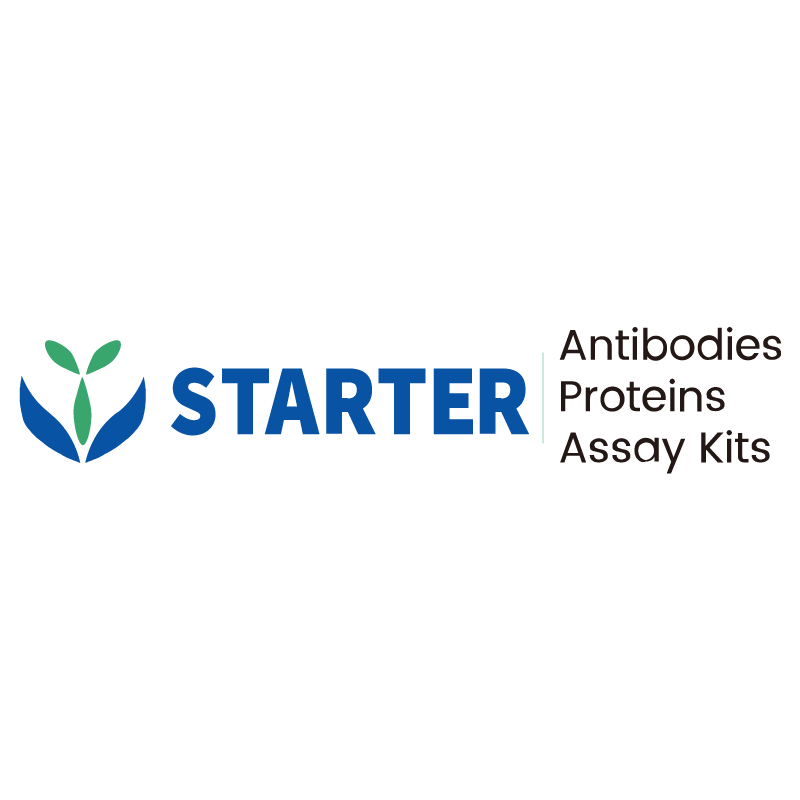Immobilized Hyaluronic Acid at 100 μg/mL (100 μL/well) can bind Human CD44 Protein, hFc tag with EC50 of 0.9102-1.286 μg/ml.
Product Details
Product Details
Product Specification
| Species | Human |
| Synonyms | CDw44, Epican, Extracellular matrix receptor III (ECMR-III), GP90 lymphocyte homing/adhesion receptor, HUTCH-I, Heparan sulfate proteoglycan, Hermes antigen, Hyaluronate receptor, Phagocytic glycoprotein 1 (PGP-1), Phagocytic glycoprotein I (PGP-I), LHR, MDU2, MDU3, MIC4 |
| Accession | P16070 |
| Amino Acid Sequence | Protein sequence (P16070, Gln21-Pro220, with C-hFc tag) QIDLNITCRFAGVFHVEKNGRYSISRTEAADLCKAFNSTLPTMAQMEKALSIGFETCRYGFIEGHVVIPRIHPNSICAANNTGVYILTSNTSQYDTYCFNASAPPEEDCTSVTDLPNAFDGPITITIVNRDGTRYVQKGEYRTNPEDIYPSNPTDDDVSSGSSSERSSTSGGYIFYTFSTVHPIPDEDSPWITDSTDRIP |
| Expression System | HEK293 |
| Molecular Weight | Predicted MW: 48.1 kDa Observed MW: 72-85 kDa |
| Purity | >95% by SDS-PAGE |
| Endotoxin | <0.1EU/μg |
| Conjugation | Unconjugated |
| Tag | with C-hFc tag |
| Physical Appearance | Lyophilized Powder |
| Storage Buffer | Lyophilized from a 0.2 μm filtered solution of 0.2M PBS, pH7.4. |
| Reconstitution | Reconstitute no more than 1 mg/mL according to the size in deionized water after rapid centrifugation. |
| Stability & Storage | 12 months from date of receipt, -20 to -70 °C as supplied. |
Background
The CD44 antigen is a cell-surface glycoprotein involved in a wide variety of cellular functions including lymphocyte activation, recirculation and homing, hematopoiesis, and tumor metastasis. CD44 is a receptor for hyaluronic acid and internalizes metals bound to hyaluronic acid and can also interact with other ligands, such as osteopontin, collagens, and matrix metalloproteinases (MMPs). CD44 function is controlled by its posttranslational modifications. Transcripts for this gene undergo complex alternative splicing that results in many functionally distinct isoforms. CD44, along with CD25, is used to track early T cell development in the thymus. CD44 expression is an indicative marker for effector-memory T-cells. Memory cell proliferation (activation) can also be assayed in vitro with CFSE chemical tagging. In addition, variations in CD44 are reported as cell surface markers for some breast and prostate cancer stem cells. In breast cancer research CD44+/CD24- expression is commonly used as a marker for breast CSCs and is used to sort breast cancer cells into a population enriched in cells with stem-like characteristics and has been seen as an indicator of increased survival time in epithelial ovarian cancer patients. Endometrial cells in women with endometriosis demonstrate increased expression of splice variants of CD44, and increased adherence to peritoneal cells. CD44 variant isoforms are also relevant to the progression of head and neck squamous cell carcinoma.
Picture
Picture
Bioactivity
SDS-PAGE
2 μg(R: reducing conditions)


